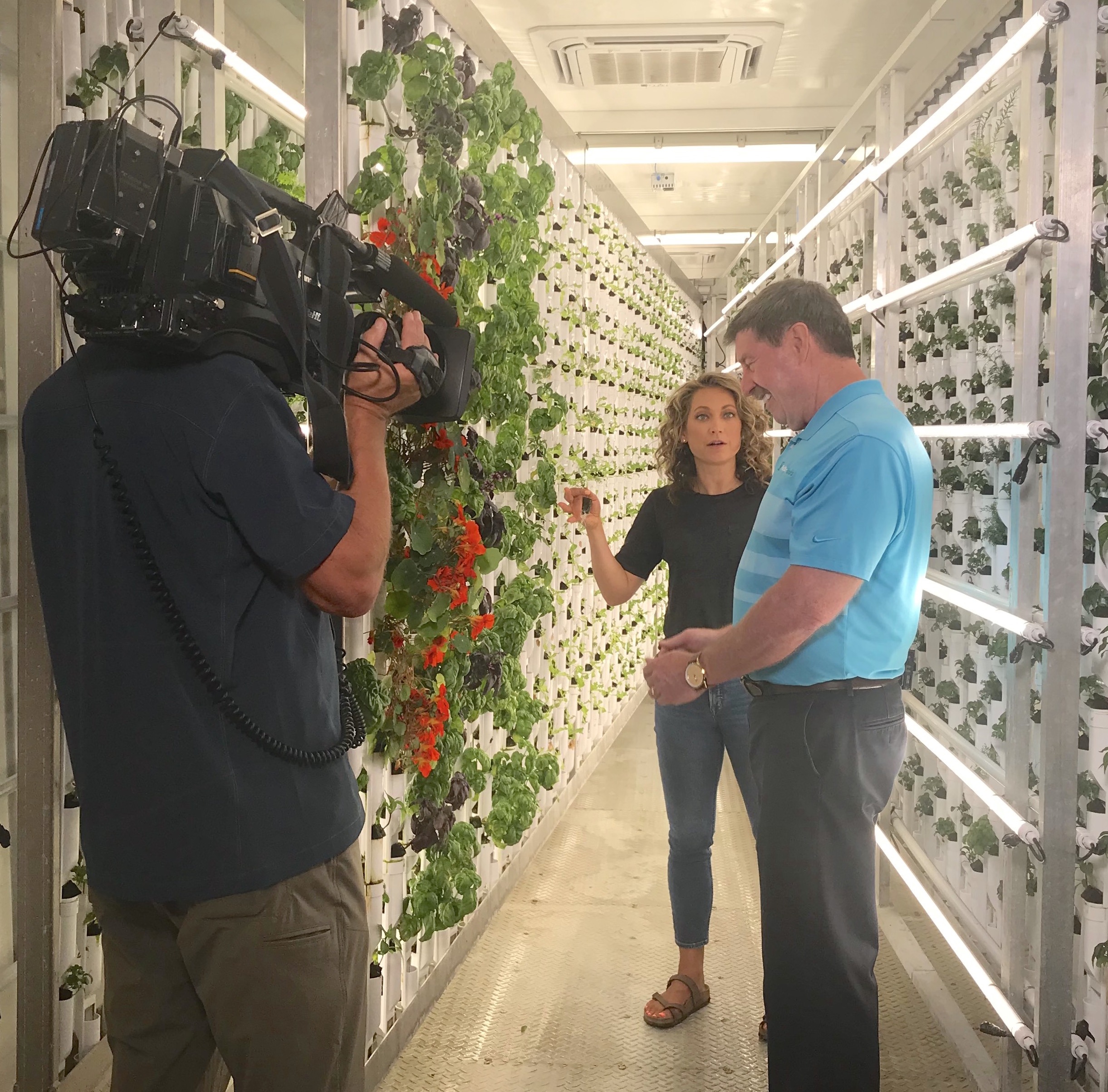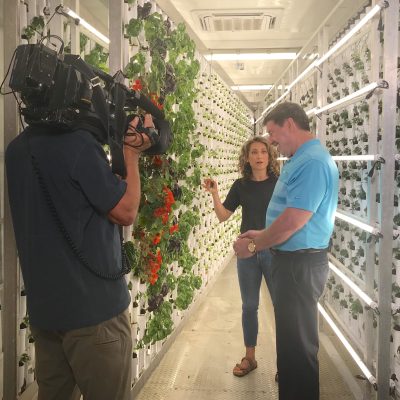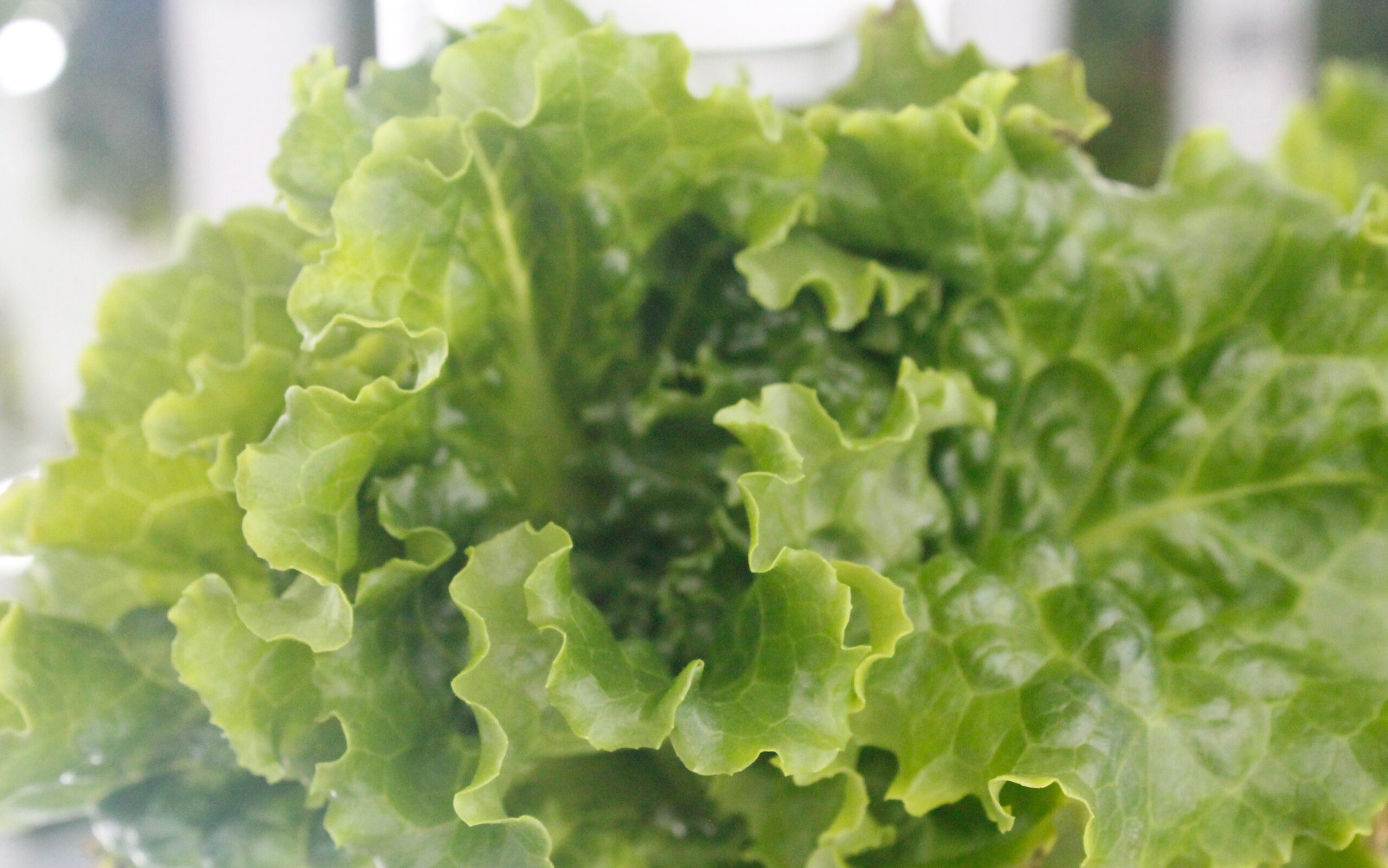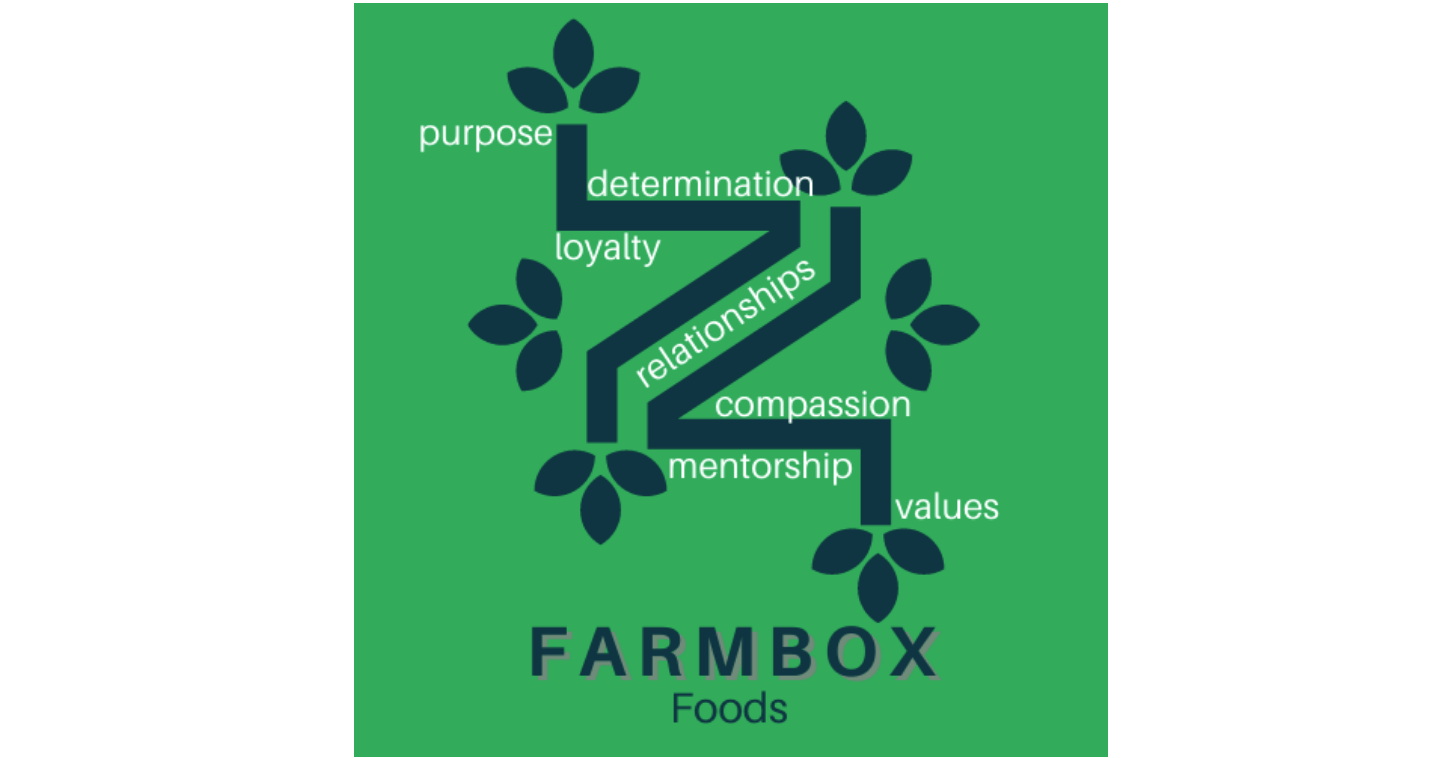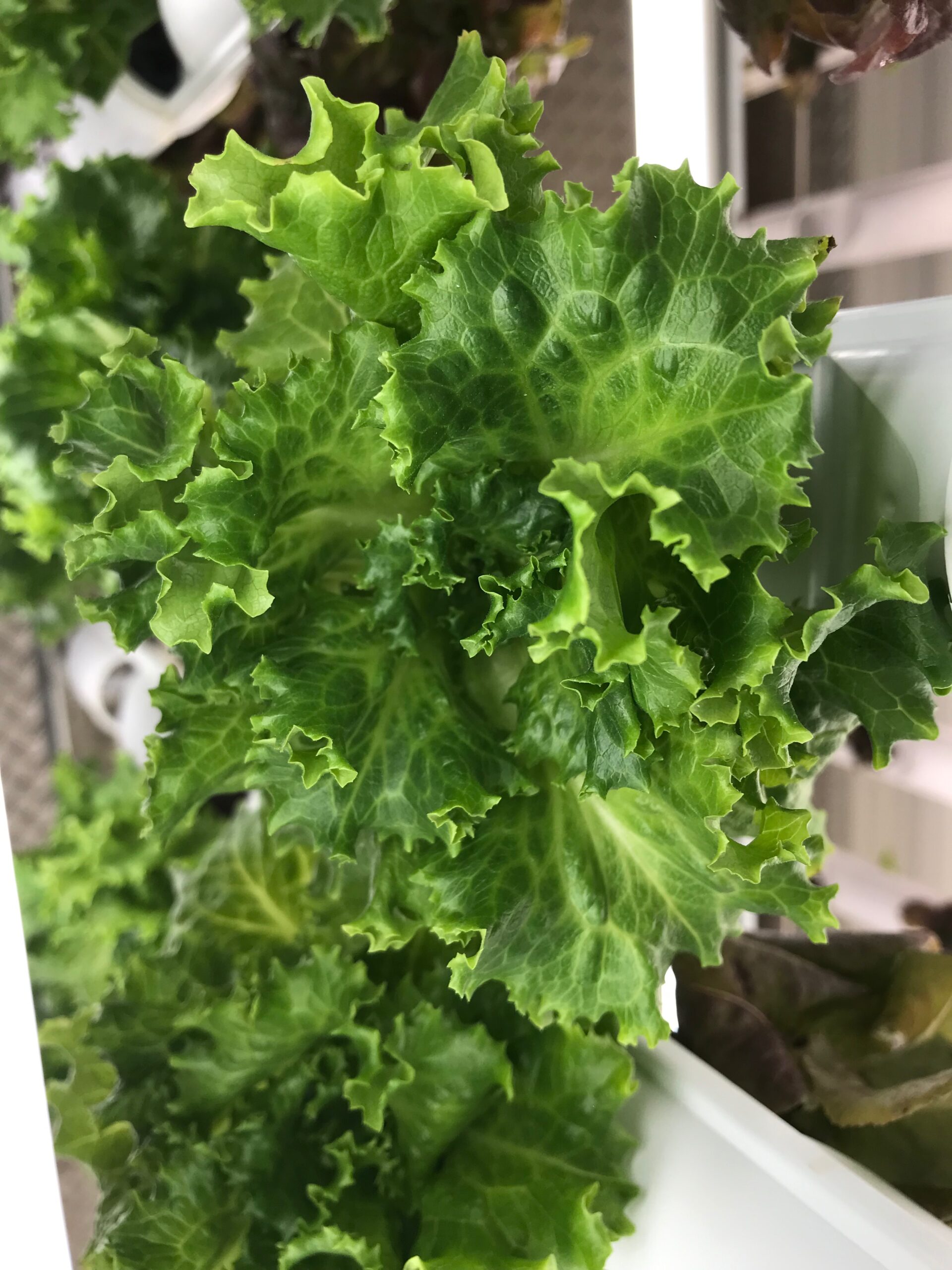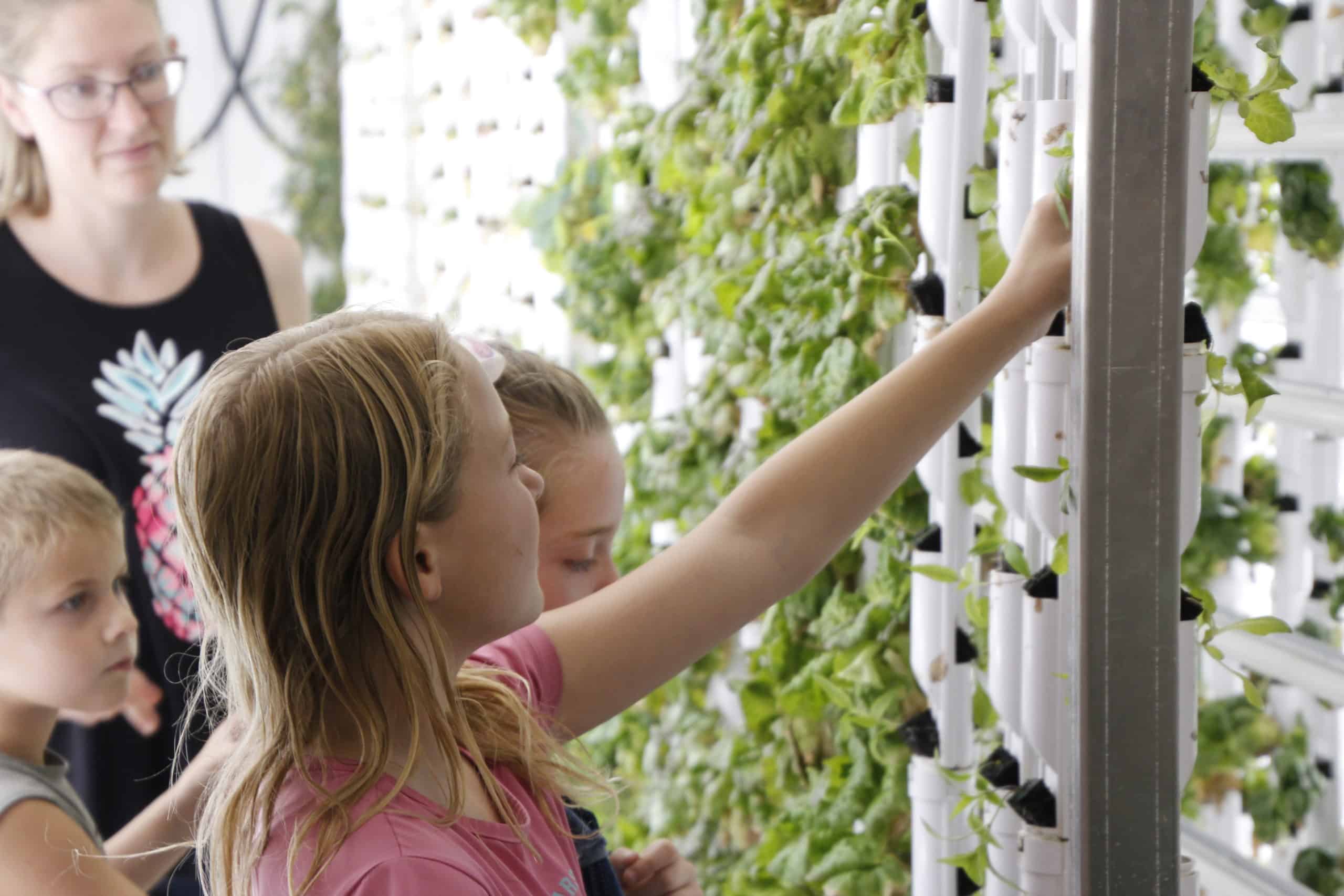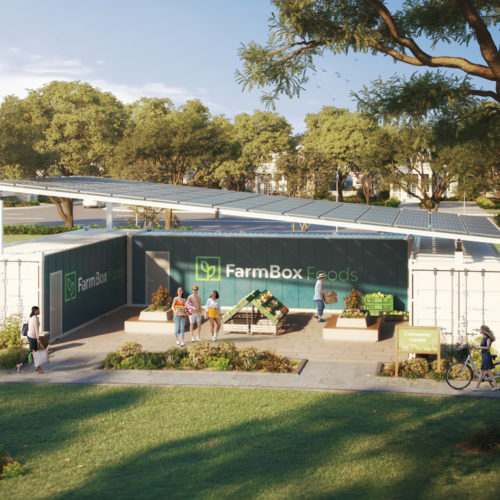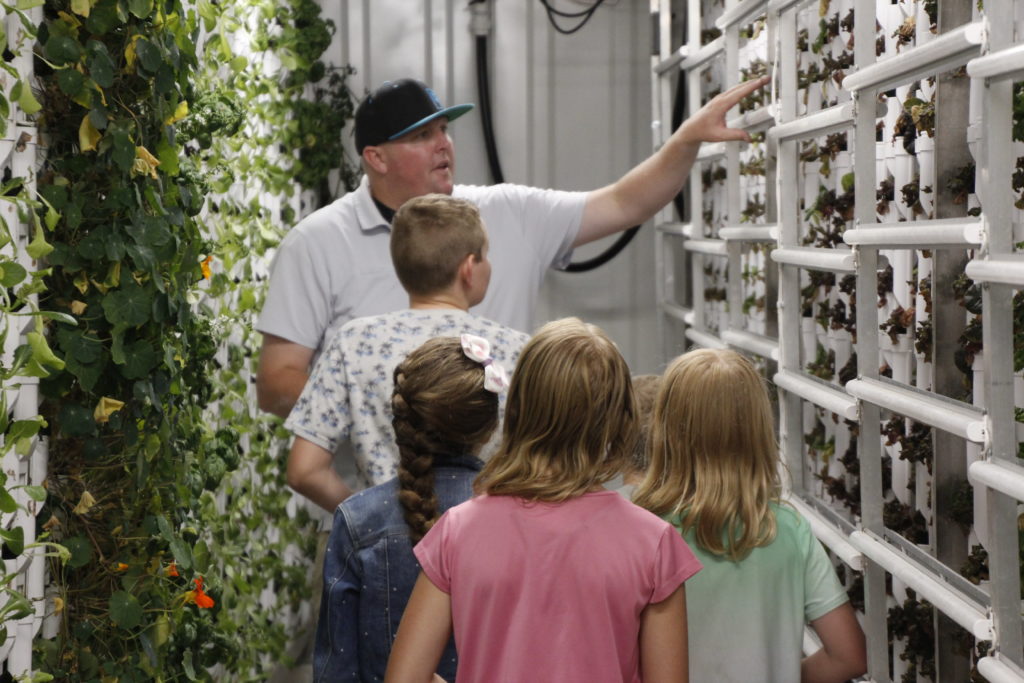GMA Visits FarmBox Foods to Talk ‘Farming Without Harming’
Good Morning America visited FarmBox Foods’ headquarters to learn how businesses and nonprofits are using technology to sustainably grow food near the consumer.
ABC News Chief Meteorologist Ginger Zee spoke to FarmBox Foods CEO Rusty Walker June 20 about the company’s mission to build high-tech indoor farms that provide food security year-round for those without reliable access to nutrient-dense food.
(Watch the GMA appearance here)
Zee also interviewed representatives from two FarmBox Foods customers, Natural Grocers® and Centura Health, about their use of Vertical Hydroponic Farms, which provide a hyperlocal source of fresh produce while reducing environmental impacts and unpredictability associated with traditional farming. The farms are housed inside upcycled, insulated shipping containers that are outfitted with plumbing, electrical and sensors to control conditions inside.
By growing food on site, the companies that use FarmBoxes are avoiding supply chain disruptions, reducing food sourcing costs, improving access, and helping to eliminate food waste because the veggies get to the plate much quicker.
The controlled-climate container farms provide a perfect growing environment for the plants and shield them from weather and climate impacts, including drought, heat waves and flooding.
Natural Grocers is growing organic lettuce behind its store in Lakewood, Colo., mere steps from the display case, and plans to expand the program elsewhere. Centura Health, meanwhile, owns three Vertical Hydroponic Farms and uses them to produce food for hospital patients and visitors, and to provide nutritious produce to food banks in the communities they serve.

